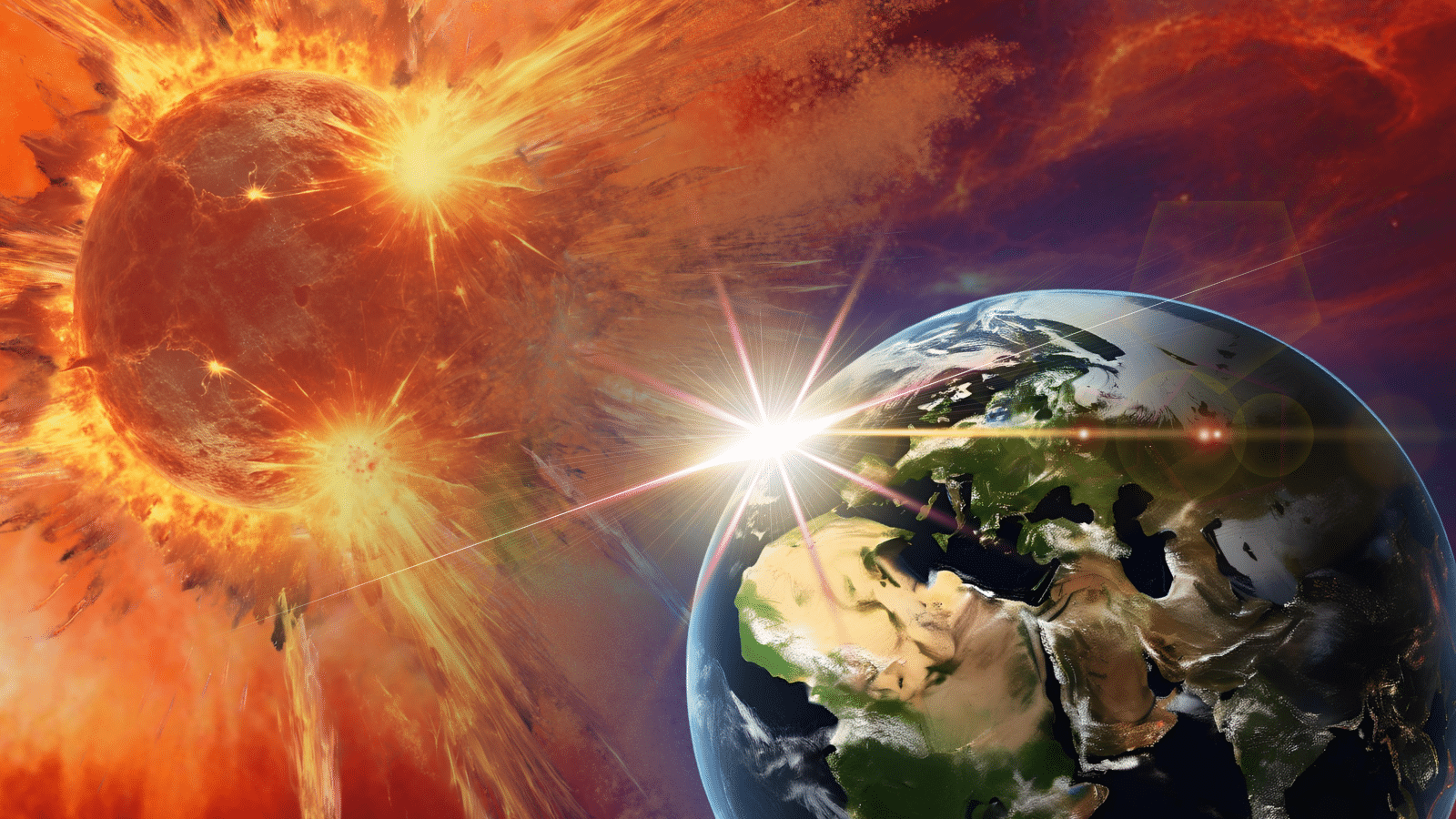Supernova Events Linked to Ancient Climate Changes

Earth’s ancient climate has been significantly influenced by mysterious particles from outer space, according to new research. Scientists suggest that explosive stellar events, particularly nearby supernovas, may have disrupted the planet’s atmospheric balance thousands of years ago. These cosmic explosions, which emit torrents of high-energy radiation, could have led to global cooling, wildfires, and mass extinctions. By studying iron isotopes in interstellar dust, researchers hope to better understand these ancient events and prepare for potential future hazards posed by supernovas.
Impact of Supernovas on Earth’s Atmosphere
Supernovas occur when massive stars collapse under their own gravity, resulting in powerful explosions that can leave behind black holes or neutron stars. According to a report by Space.com, if such an explosion were to happen within 30 light-years of Earth, it could potentially strip away the planet’s atmosphere entirely. Even explosions occurring hundreds of light-years away, like that of Betelgeuse, which is approximately 700 light-years distant, could still disrupt climate patterns and increase ultraviolet radiation exposure on Earth.
The implications of these cosmic events are profound. Researchers warn that the radiation from a nearby supernova could lead to significant atmospheric changes, affecting life on Earth. The potential for such events to alter climate systems raises concerns about the long-term stability of the planet’s environment.
Research Findings on Cosmic Radiation
Robert Brakenridge, a senior researcher at the Institute of Arctic and Alpine Research, has analyzed 15,000 years of tree ring data and identified 11 spikes in radioactive carbon. He posits that these anomalies may indicate past cosmic radiation impacts from supernovas. Brakenridge emphasizes the importance of understanding these abrupt environmental changes in Earth’s history, questioning the causes behind them.
His research suggests that high-energy photons emitted during supernova explosions could damage the ozone layer, allowing increased ultraviolet radiation to penetrate the atmosphere. This erosion of the stratosphere, which plays a crucial role in regulating greenhouse gases like methane, could lead to a significant cooling of the planet. Such climatic shifts may have contributed to the extinction of various species throughout Earth’s history.
Future Implications and Research Directions
While solar flares are another possible source of the carbon spikes observed, Brakenridge notes that more geological evidence is needed to establish a definitive link between supernovae and these environmental changes. Ocean sediment and ice core samples could provide valuable insights into this relationship, helping scientists predict the atmospheric consequences of future supernova events.
Understanding the potential impacts of nearby stars like Betelgeuse going supernova is crucial for preparing for any environmental hazards. As researchers continue to investigate the connections between cosmic events and Earth’s climate, they aim to enhance our readiness for the challenges posed by these powerful stellar phenomena. The ongoing study of ancient climate patterns may ultimately provide critical information for safeguarding our planet’s future.
Observer Voice is the one stop site for National, International news, Sports, Editor’s Choice, Art/culture contents, Quotes and much more. We also cover historical contents. Historical contents includes World History, Indian History, and what happened today. The website also covers Entertainment across the India and World.

